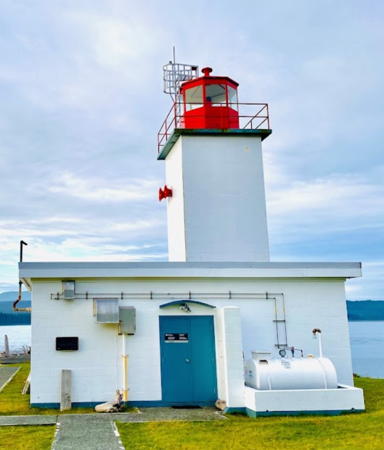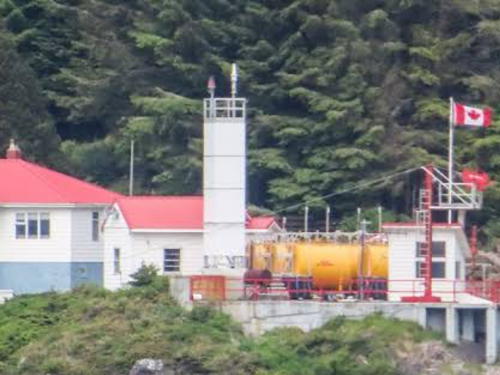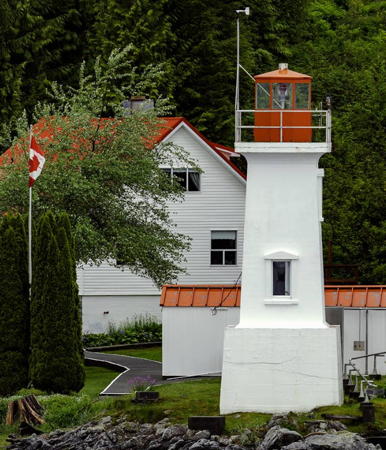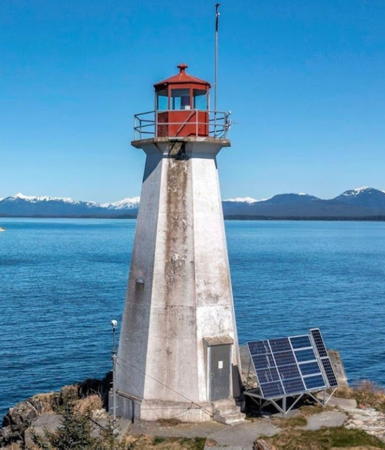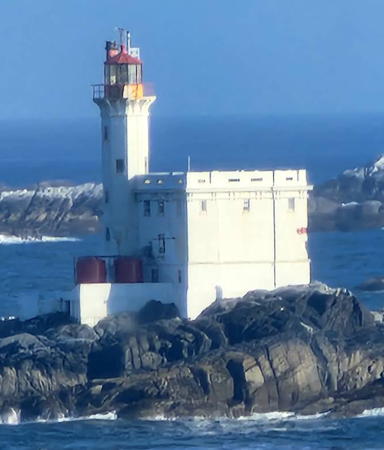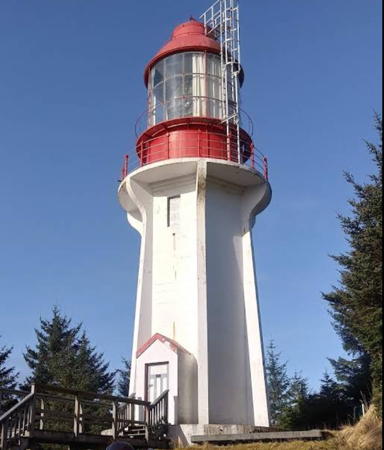The territory of British Columbia was originally part of the Oregon Country, the area west of North America's Continental Divide between latitudes 42° and 54°40' North. In the London Convention of 1818 the U.S. and Britain agreed to joint occupation of this territory. The Oregon Treaty of 1846 confirmed British occupation of Vancouver Island and the rest of what became British Columbia; it also set the boundary between the U.S. and British territory at latitude 49° between the Rocky Mountains and the Strait of Georgia. In 1849 the Colony of Vancouver Island was organized, and in 1858 the southern mainland was organized as the Colony of British Columbia. Vancouver Island was merged with British Columbia in 1866 and the enlarged colony assumed its present boundaries.
The nation of Canada was created by the British North America Act in 1867 with Ontario, Québec, New Brunswick, and Nova Scotia as the four original provinces. Manitoba was established as the fifth province in 1870 and British Columbia joined as the sixth province in 1871. Today Canada has ten provinces and three large federal territories in the Arctic.
The rugged and intricate coastline of British Columbia has about 40 surviving lighthouses. Unlike the situation in eastern and central Canada, a fair fraction of these light stations are still staffed: Ron Ammundsen, the principal keeper at Quatsino Light, lists 27 staffed light stations in the province. Some of these stations represent the only federal presence in remote and roadless areas of the coast. There was an uproar in 2010-11 when the government proposed destaffing all the stations to save money; eventually the destaffing plan was dropped.
This page includes lighthouses of the Inside Passage and the Haida Gwaii (Queen Charlotte) Islands. The Inside Passage is the network of waterways behind and between the numerous islands of the Pacific coast from Vancouver Island northward into Alaska. Nearly all of the Passage is sheltered from Pacific storms by the islands but strong tidal currents and many underwater obstacles make it hazardous to navigate. Ferries and cruise ships sailing the passage are the principal means of surface transportation everywhere along this coast. Most of the lighthouses in this group can be photographed at close range from passing cruise ships. The listing here is south to north.
Aids to navigation in Canada are maintained by the Canadian Coast Guard. In 2008 Parliament passed the Heritage Lighthouse Protection Act to designate and protect historic lighthouses.
ARLHS numbers are from the ARLHS World List of Lights. CCG numbers are from the Pacific Coast volume of the List of Lights, Buoys, and Fog Signals of Fisheries and Oceans Canada. Admiralty numbers are from volume G of the Admiralty List of Lights & Fog Signals. For lights close to the U.S. border USCG numbers are from volume 6 of the U.S. Coast Guard List of Lights, and U.S. NGA numbers are from Publication 111.
- General Sources
- Lighthouses of British Columbia, Canada
- Photos, historical accounts, and travel directions for the more accessible lighthouses, posted by Kraig Anderson.
- Neal's Lighthouse Blog: BC
- Photos and comments by Neal Doan.
- Online List of Lights - Canada Pacific Coast
- Photos by various photographers posted by Alexander Trabas. Most of the photos for the Inside Passage are by Günther Hess, Rainer Arndt or Jim Smith.
- Lighthouses in British Columbia
- Photos by various photographers available from Wikimedia.
- Lighthouses of British Columbia
- Wonderful photos by Mike Mitchell.
- World of Lighthouses - Pacific Coast of Canada
- Photos by various photographers available from Lightphotos.net.
- Lighthouses in British Columbia, Canada
- Aerial photos posted by Marinas.com.
- Leuchttürme Kanadas auf historischen Postkarten
- Historic postcard views posted by Klaus Huelse.
- List of Lights, Buoys, and Fog Signals
- Official Canadian light lists are available in both pdf and html formats.
- GPSNavigationCharts
- Navigation chart information for the Canadian west coast.
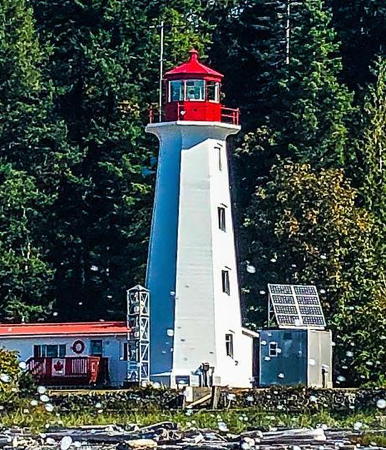
Cape Mudge Light, Quadra Island, September 2019
Instagram photo by Scott Adam Vincent-Campello

Green Island Light, Prince Rupert, June 2022
Google Maps photo by Ed Trowell
